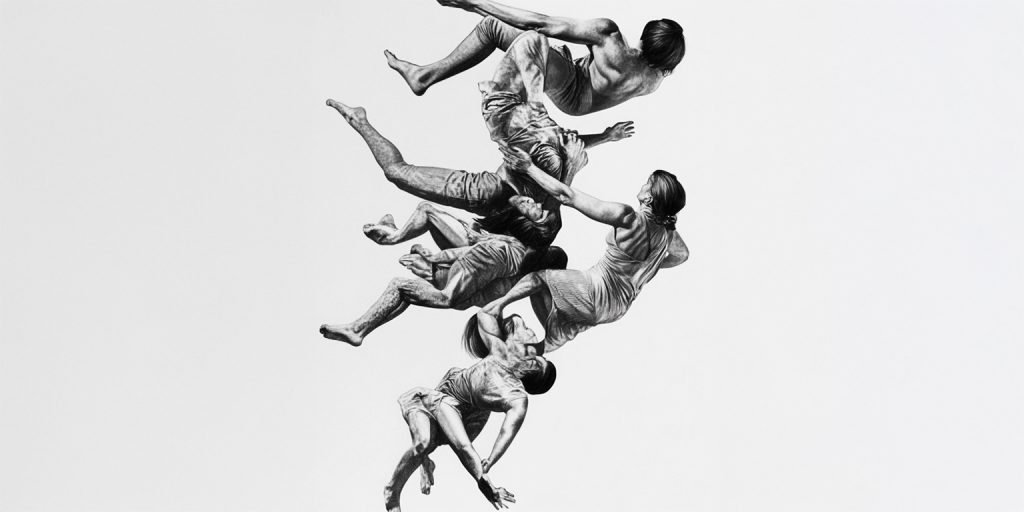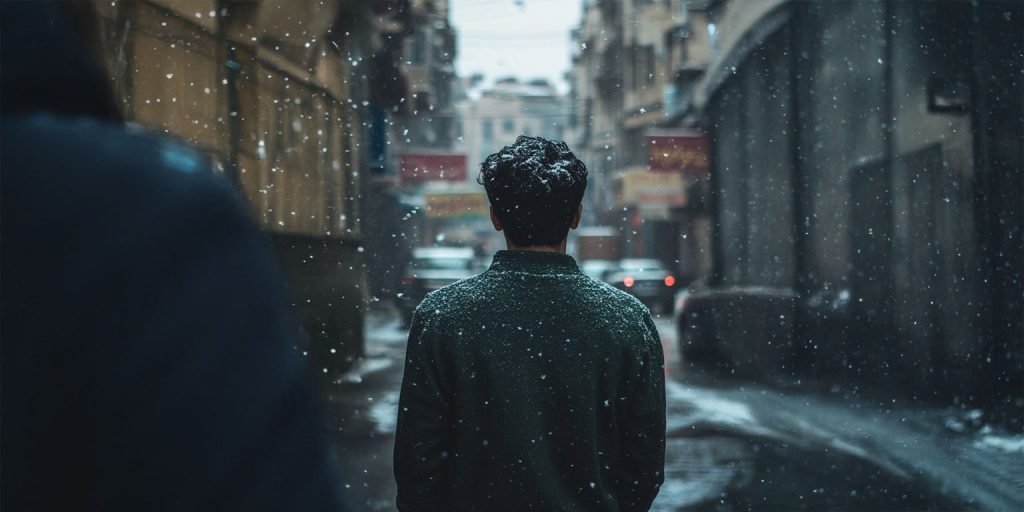Between Heritage and Innovation
Canada is a land of vast horizons, and its art reflects that. From Indigenous traditions to digital avant-garde, from monumental sculptures to urban murals, from Montreal’s studios to Vancouver’s galleries, Canadian art is in full bloom.
In 2025, Canadian artists are pushing boundaries, blending disciplines, and transforming their heritage into a new form of expression. Who are they? What trends are shaping the Canadian art scene?

Art Deeply Rooted in History and Identity
Canadian art cannot be understood without the major influence of Indigenous cultures, which continue to inspire and shape contemporary artists.
. Kent Monkman, a Cree artist, reinterprets colonial history through subversive paintings that challenge classical art codes.
. Rebecca Belmore, an Anishinaabe artist, uses performance and sculpture to address social injustices and honor the memory of missing and murdered Indigenous women.
Indigenous art is not a relic of the past. It is a living force, constantly evolving, in conversation with contemporary realities.
But Canadian art also carries the legacy of the Group of Seven, painters who captured the country’s wild landscapes in vibrant, expressive strokes—an influence still visible in the works of many modern artists.
The New Generation: Hybridization and Experimentation
Today’s emerging artists no longer limit themselves to a single medium. Painting, sculpture, AI-generated art, immersive experiences—everything merges and transforms.
. David Altmejd, a Quebec sculptor, creates hybrid works where human anatomy blends with fantasy.
. Caroline Monnet, a multidisciplinary artist, fuses Indigenous influences with digital modernity in her installations and video art.
. Jon Rafman, a pioneer of digital art, explores the boundaries between reality and virtual space with AI-generated works inspired by cyberspace.
In a world dominated by screens, Canadian art has become a playground for experimentation, bridging past and future, tangible and digital.
Art as a Response to Today’s Challenges
Far from being just aesthetic, Canadian art is also a political and social act. It tackles climate crises, identity tensions, and technological transformations.
. Photographer Edward Burtynsky documents industrialization’s impact on the planet.
. Street art, especially in Toronto and Montreal, has become a powerful voice for social activism and political expression.
. Digital artists question AI’s role in creativity and the future of artistic expression.
In a world in flux, Canadian art is not a passive observer—it is a witness, a protest, a response.
Where to Experience Canadian Art in 2025?
. The Montreal Museum of Fine Arts (MMFA) and Vancouver Art Gallery are must-visit institutions.
. The National Gallery of Canada in Ottawa celebrates both classic masters and emerging talents.
. The Toronto Biennial and Nuit Blanche are major events showcasing contemporary artistic diversity.
And most importantly, Canadian art is not confined to museums—it thrives in the streets, festivals, underground galleries, and digital spaces.
Art Without Limits
In 2025, Canadian art is as vast, diverse, and free as the country itself. It continues to evolve, challenge, and surprise.
From tradition to innovation, from nature to digital frontiers, from local roots to global reach—Canadian art has never been more alive.




